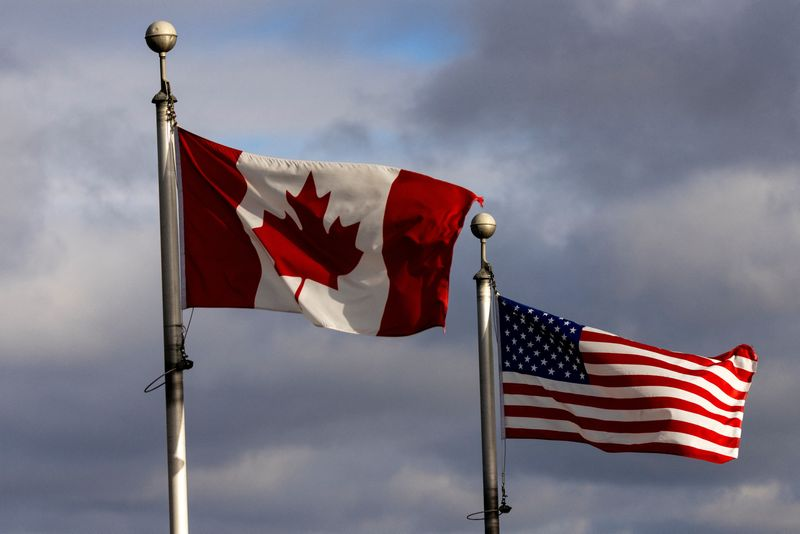Tariffs vs. Elections: What Matters More for Canadian Markets?
According to a recent report by Capital Economics, tariffs have a greater impact on Canadian markets than the upcoming election. The report emphasizes the importance of monetary policy in response to U.S. tariffs, outweighing the effects of potential fiscal policy changes in Canada.
Key Findings:
- Tariffs Impact More: Canadian financial markets are more sensitive to U.S. tariff policies than domestic election outcomes.
- Loonie Resilience: The Canadian dollar (USD/CAD), or loonie, has largely shrugged off tariff announcements and political developments.
- Interest Rate Differentials: The loonie's strength is supported by interest rate differentials favoring Canada.
- Election Impact Limited: The upcoming Canadian elections are unlikely to significantly affect the loonie or government bonds.
Factors Influencing the Loonie
The loonie's resilience is attributed to interest rate differentials moving in its favor. Since mid-February, market expectations for central banks' terminal rates have decreased more in the U.S. than in Canada. This is due to:
- Weak economic data in the U.S.
- Strong GDP and employment figures in Canada.
Potential Election Outcomes
The report suggests that regardless of whether Mark Carney or Pierre Poilievre wins the Canadian elections, both are expected to:
- Take a firm stance against Trump’s tariffs.
- Adopt a business-friendly approach.
- Maintain tighter fiscal policy compared to Justin Trudeau's predecessor.
Impact of Tariffs
The future performance of the loonie and Canadian government bond yields is largely tied to:
- Trump's tariff decisions.
- The Bank of Canada's reaction to any economic fallout.
If Canada faces an average reciprocal tariff of 10%, quarterly GDP growth could fall to 1.0% annualized over the next year.
Bond Yields and Economic Risks
Canadian government bonds are projected to remain stable, ending the year around 3.00%. However, risks include:
- Persistent weakness in the U.S. economy, leading to lower U.S. Treasury yields.
- A stronger U.S. dollar.
Oil Prices and OPEC+
OPEC+'s decision to increase output could pressure oil prices, providing limited support for the loonie. The report forecasts:
- WTI oil prices to remain at $67/bbl until the end of the year.
- A potential drop to $56/bbl in 2026, further weakening the loonie.
Forecasted USD/CAD Rate
Despite recent resilience, the Bank of Canada is expected to lower interest rates more than anticipated, while the Federal Reserve holds its policy rate. As a result, the USD/CAD rate is projected to weaken from 1.43 to 1.50 by year-end.

